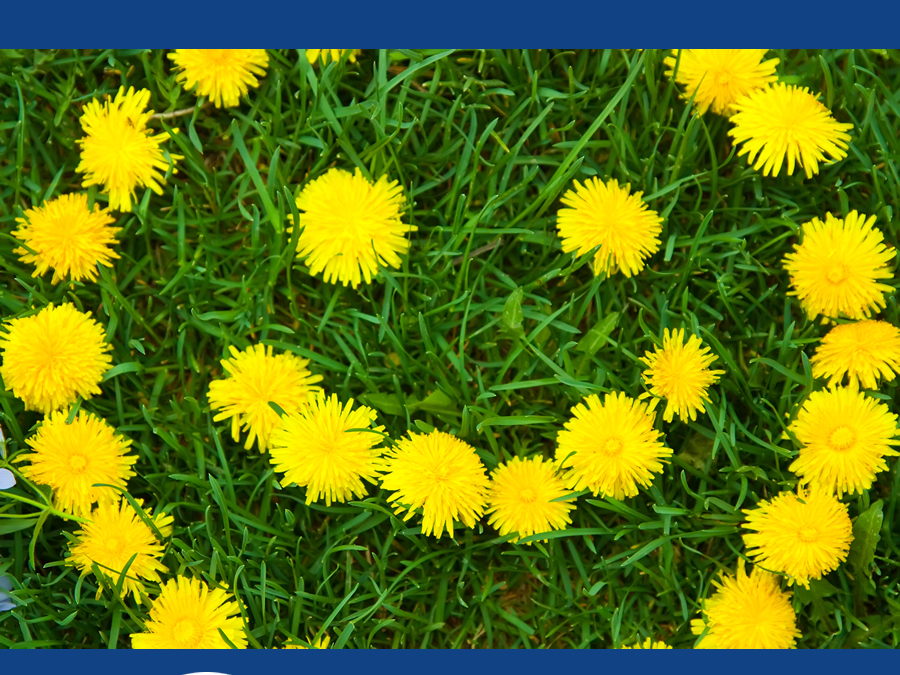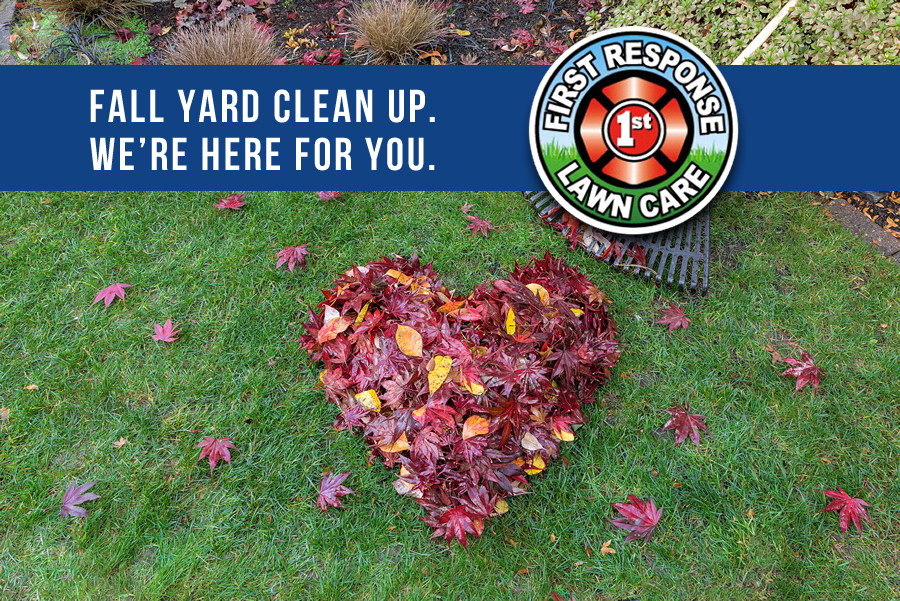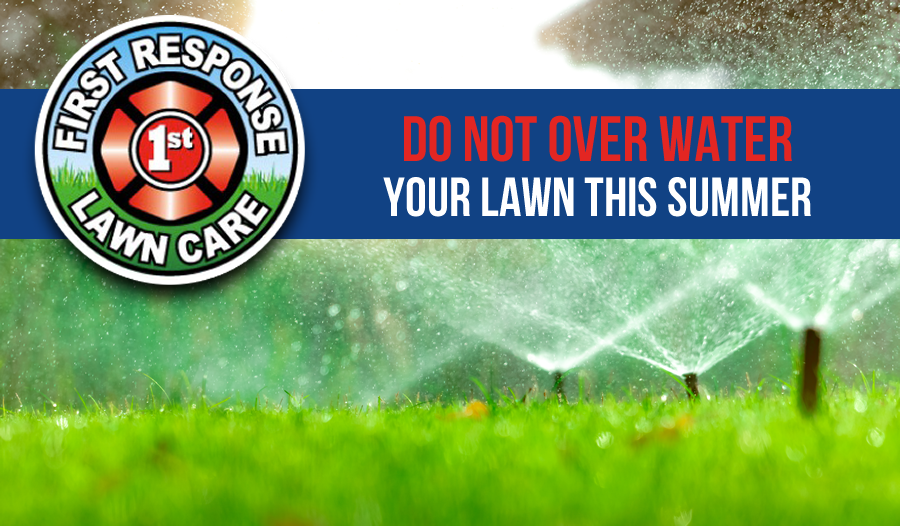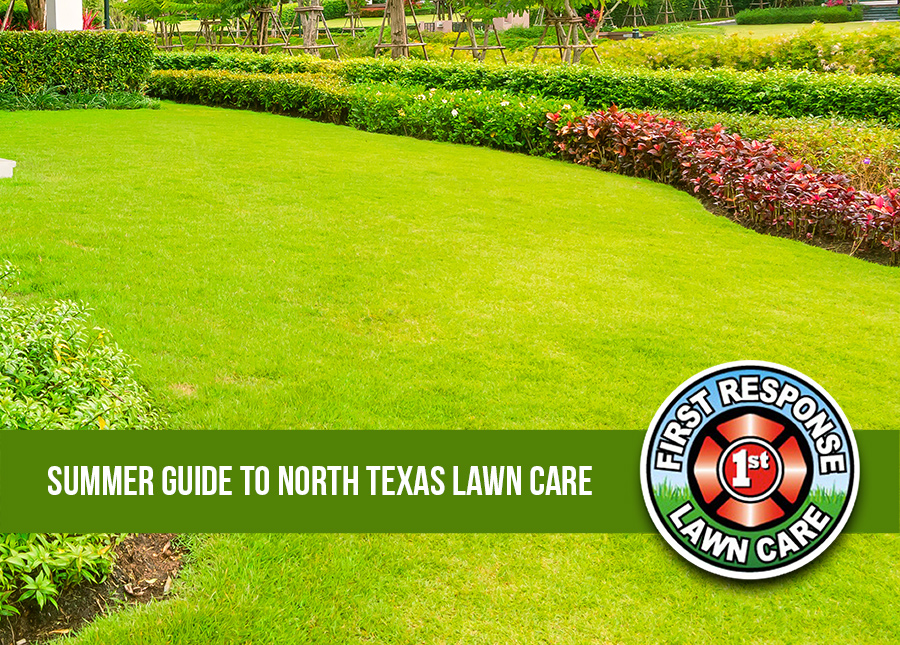Autumn means football games, visits to the local pumpkin patch and pending holidays. It also means it’s time to get your yard ready for winter. The right preparation now will save you time and energy when spring rolls around, and will keep you and your family safe in the yard year-round. Make sure you get the most out of your yard next year by following our checklist of fall cleanup musts.
1. Clean out debris.
Fallen leaves and weeds are the perfect place for pests to settle in for the winter. Clear out flower beds to keep the critters at bay. Pay special attention to rose beds, as their foliage can foster disease over the winter.
2. Till the vegetable garden.
After the final harvest, pull out old vegetable plants, remove debris, and completely till the whole plot. If you compost, now is the time to add a layer of compost to help nurture your soil for planting next spring.
3. Trim rogue branches.
Trim up any large or out-of-place tree branches that may cause trouble during the winter. You don’t want any branches breaking and falling during the winter months to come.
4. Clean out the gutters.
Not all fall cleanup is in the yard. This is the perfect time to clear leaves and other debris from gutters. Check for proper drainage, clear out any blockages with a small garden trowel, and rinse with a hose.
5. Dry everything out.
Drain all water from hoses, fountains, and drip irrigation systems, and store them in a dry place. Water left standing over the winter may damage your equipment.
6. Aerate.
Break up soil to keep water from pooling and guarantee that nutrients will reach the roots over the winter. A garden fork will do the job for small yards, but larger yards require a walk-behind aerator.
7. Feed the lawn.
Send your yard into winter with the nutrients it needs to survive the long, cold sleep. Add a fall lawn fertilizer with high phosphorous content to encourage root growth and enjoy a lush, green lawn come spring.
8. Rake and mulch.
Don’t let fallen leaves get the best of you; if left unattended they can suffocate the grass. Rake them up, shred them, and use them as mulch for young trees, shrubs, and flower beds.
9. Prune trees and shrubs.
Trim any dead branches and cut back overgrown trees and bushes. If you have blooming perennials like clematis or roses, now is the time to prune them and train the branches.
10. Give it one last mow.
Set your mower to a low setting and give the lawn a close buzz before winter sets in. This helps the soil dry out more quickly in the spring, which leads to a lusher lawn.
11. Divide and cut back perennials.
If your perennials really took off this year, go ahead and spread the love. Divide plants and add them to other beds where they will also do well. This saves money and time in the spring. Fall-blooming perennials like chrysanthemums shouldn’t be divided now — wait and divide them in the spring.
12. Protect cold-sensitive plants.
Keep sensitive perennials, shrubs, and roses in top shape through the cold days of winter. Add mulch to the base and wrap plants in cloth barriers to prevent damage from freezing. Depending on the hardiness of the plant and your climate, you can use a single sheet or blanket or wrap them in a combination of cloth and plastic.
13. Plant bulbs, shrubs, and fall annuals.
Some plants do best when planted in the fall. If you want to add new shrubs or spring bulbs like hyacinth, now is the time to get them in the ground. Fall annuals like pansies are also a great addition to keep some color in your yard as other plants go to sleep.
14. Protect the deck.
Prevent the growth of mold and mildew by giving the deck a good power wash. If you don’t have a pressure washer, you can rent one from a garden store. Once the deck is clean and dry, add a weatherproofing stain to protect the wood from moisture damage over the winter.
15. Clean tools and store them.
Don’t throw your gardening tools in the shed and forget about them until spring. Take time to give them a good cleaning and add a light coat of oil to prevent rust during the cold season.
If you follow this checklist you’re bound to have a wonderfully winterized yard that will be ready to wow you with lush, green bounty once the warm weather returns.
If you’d prefer to leave the fall clean up to the professionals, call First Response Lawn Care at 214-701-7622. We can tackle all of these lawn chores for you!






